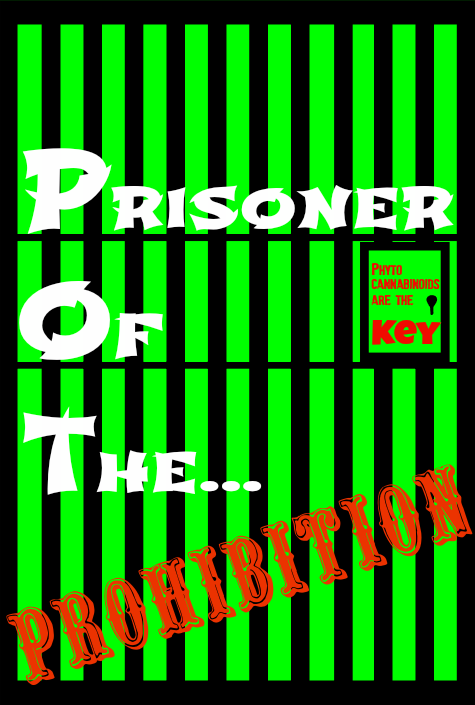2014;74(2):197-210.
 Early increase of cannabinoid receptor density after experimental traumatic brain injury in the newborn piglet.
Early increase of cannabinoid receptor density after experimental traumatic brain injury in the newborn piglet.
Abstract
Paediatric traumatic brain injury (TBI) is a leading cause of death and disability. Previous studies showed neuroprotection after TBI by (endo)cannabinoid mechanisms, suggesting involvement of cannabinoid receptors (CBR). We therefore determined CBR densities and expression of the translocator protein 18 kDA (TSPO) in newborn piglets after experimental TBI. Newborn female piglets were subjected to sham operation (n=6) or fluid-percussion (FP) injury (n=7) under controlled physiological conditions. After six hours, brains were frozen, sagittally cut and incubated with radioligands for CBR ([3HCP-55,940, [3H]SR141716A) and TSPO ([3H]PK11195), an indicator of gliosis/brain injury. Early after injury, FP-TBI elicited a significant ICP increase at a temporary reduced cerebral perfusion pressure; however, CBF and CMRO2 remained within physiological range. At 6 hours post injury, we found a statistically significant increase in binding of the non-selective agonist [3H]CP-55,940 in 15 of the 24 investigated brain regions of injured animals. By contrast, no significant changes in binding of the CB1R-selective antagonist [3H]SR141716A were observed. A non-significant trend towards increased binding of [3H]PK11195 was observed, suggesting an incipient microglial activation. We therefore conclude that in this model and time span after injury, the increase in [3H]CP-55,940 binding reflects changes in CB2R density, while CB1R density is not affected. The results may provide explanation for the neuroprotective properties of cannabinoid ligands and future therapeutic strategies of TBI.
- PMID:
24993629
[PubMed – in process]

